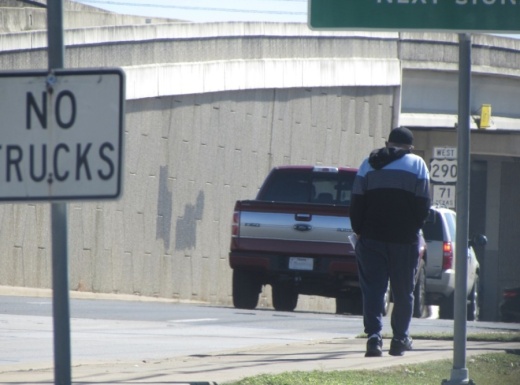Travis County commissioners on March 30 received a staff presentation outlining the estimated $247.1 million in relief funding the county will receive from the U.S. Treasury and a spending framework being developed by county staff.
During the presentation, Commissioner Jeff Travillion and Travis County Judge Andy Brown said the county sees the funding as an opportunity to put significant service infrastructure in place.
The presentation came five days after Austin City Council approved a resolution directing city staff to develop a spending framework for the city’s estimated $195.8 million federal allocation. According to the city, the framework will prioritizes food insecurity, workforce development, nonprofit and child care assistance, and homelessness and mental health services as areas of focus.
Through the resolution, the city also stated its goal of working with the county to deliver both immediate COVID-19 relief to the community and long-term infrastructure investments.
“I think it is important for us at this time to pause and think about how we can deploy the funds that are coming down from the American Rescue Plan in ways to tackle some big problems, and to dream big about, if we made these investments, how we can move forward from this time and build back better, and not just go back to the same,” Council Member Alison Alter said March 25.
The ARPA requires entities to spend all federal funds by the end of 2024. According to the county, funds will be disbursed in two parts, with 50% coming in May.
Some funding could be spent on immediate COVID-19 relief to support programs established during the pandemic, including rent assistance and direct emergency response, according to a draft framework by the county. Funding will help sustain those programs as needed through 2024.
New programs could also be developed to support city and county service goals including homelessness, according to county and city documents.
Diana Ramirez, Travis County’s economic development and strategic investments director, said the county is still researching which potential projects will qualify for funding. Commissioners will receive an additional presentation with more specific options in the coming weeks.
Austin Mayor Steve Adler said an update about the city’s framework will be presented to council April 12. While an entire framework might not be available at that time, he said staff could outline some of the more immediate expenditures and budgetary impacts of the ARPA.
Alter said that she believes the relationship between the city and county has evolved over the past year, and that the ARPA presents an opportunity for both groups to make long-lasting change that will help the community.
“I think we have a real opportunity, by combining forces, to make huge impacts on things,” she said.





